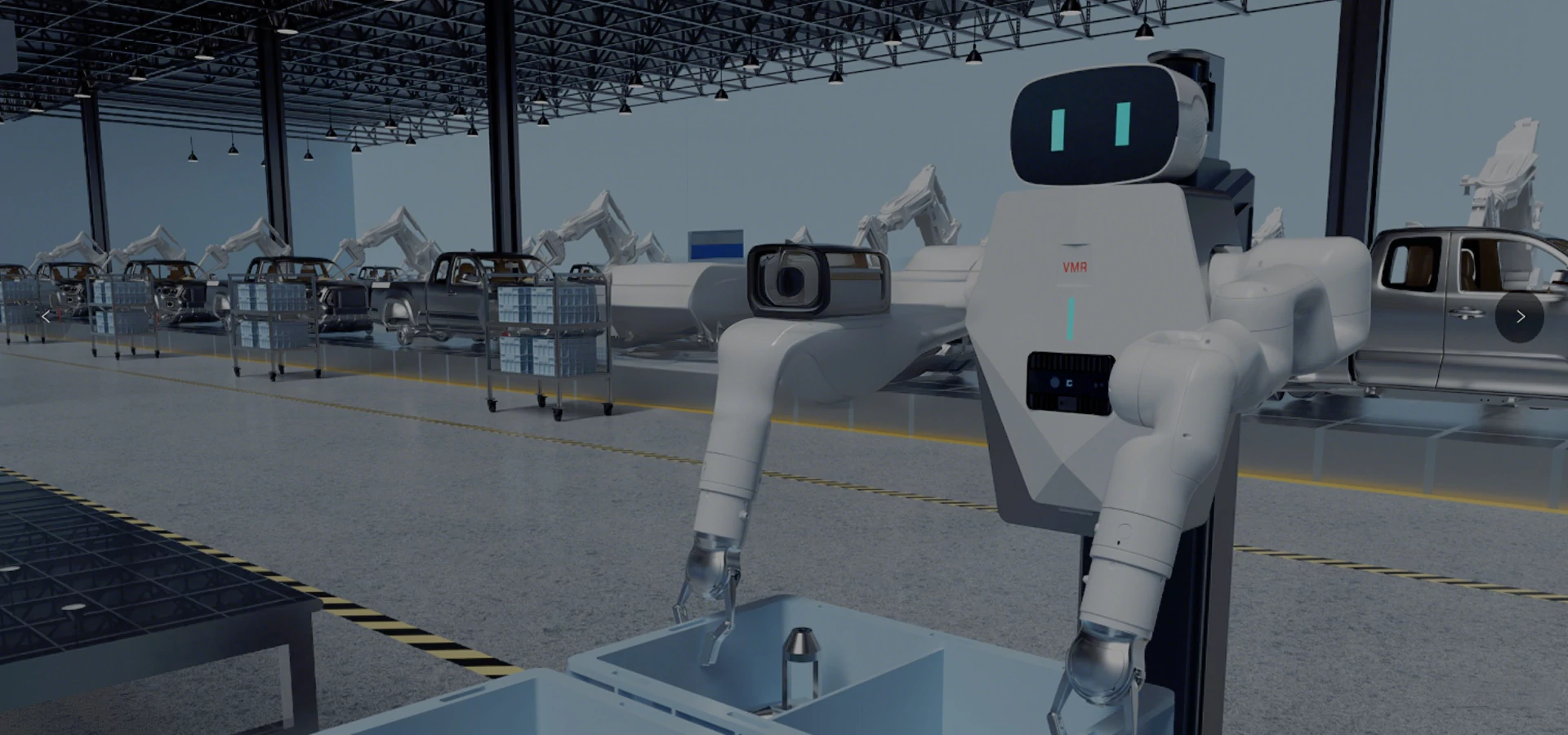
Since its inception, machine vision has had a history spanning over 70 years. Its functionality and application scope have gradually improved and expanded along with the advancement of industrial automation.
In the early stages of industrial applications, the first generation of image processing products and simple image processing software libraries were developed in laboratories and some industrial settings, marking the beginning of machine vision entering the market. During this period, optical character recognition (OCR) systems were initially applied in various industrial applications to read and verify letters, symbols, and numbers.
From the 21st century to the present, the machine vision industry has been in a phase of rapid development, gradually maturing while diversifying. Currently, machine vision remains an extremely active research field, involving related disciplines such as image processing, computer graphics, pattern recognition, artificial intelligence, and neural networks.

In the 1980s to the mid-1990s, machine vision in China was in its initial stage. During this period, machine vision technology was introduced (mainly for the semiconductor and electronics industries) and applied in universities and research institutes (such as “Research on Image Processing and Pattern Recognition”).
In the late 1990s, from 1998 to 1999, the machine vision market in China began to take shape. Since 1998, more and more electronics and semiconductor factories, including those with investments from Hong Kong and Taiwan in Guangdong and Shanghai, began to incorporate machine vision equipment for complete line and advanced level quality inspection. During this time, many Chinese authors started to study machine vision equipment supply chains, aiming to meet the local demands of the Chinese market, although there were few locally produced solutions.
From the early 2000s to the mid-2010s, from 2000 to 2015, the machine vision industry in China experienced a budding stage. Companies such as OPT and Daheng Images began to integrate the upstream and downstream industrial chains, steadily increasing the scale of machine vision applications.
From the late 2010s to the present, since 2016, the machine vision industry in China has entered a period of rapid growth. The scale of the machine vision market has rapidly expanded with the growth of the Chinese manufacturing and industrial robotics market. Meanwhile, the number of domestic machine vision startup companies has grown rapidly, and 3D vision has started to gain attention and enter a period of rapid development.
Reference:
2023 Machine Vision Industry Development Blue Book – GGII
Information:
Zhejiang MRDVS Technology Co., Ltd. (MRDVS Technology)
In recent years, MRDVS Technology has emerged as a leading player in the mobile robot machine vision industry in China. Since assembling its core technical team in 2016, MRDVS has brought together elite talent from the Chinese Academy of Sciences, Fudan University, Zhejiang University, and top domestic machine vision enterprises. The company is dedicated to its mission of “enabling robots to understand and serve the world”, focusing on developing specialized 3D vision sensors for mobile and humanoid robots, and offering integrated 3D+AI algorithmic vision solutions.

©Copyright 2023 Zhejiang MRDVS Technology Co.,Ltd.
浙ICP备2023021387号-1